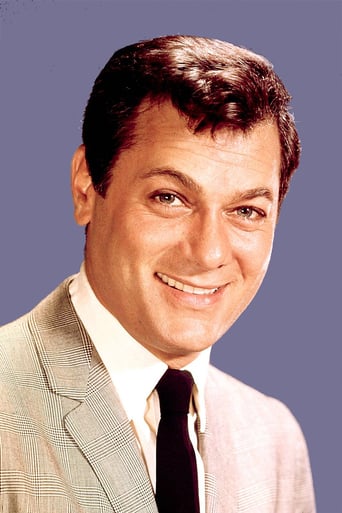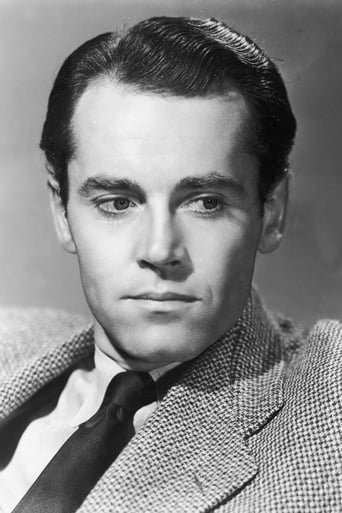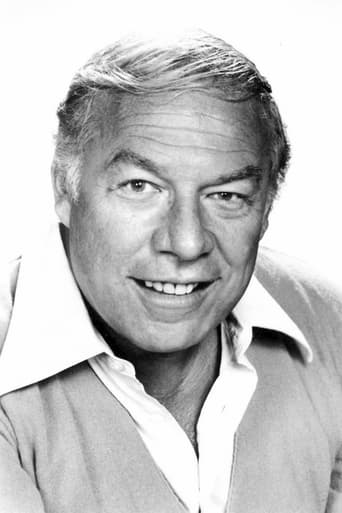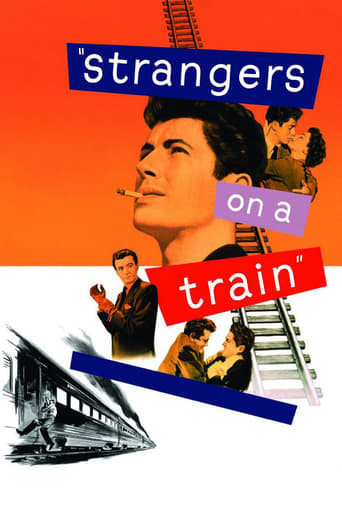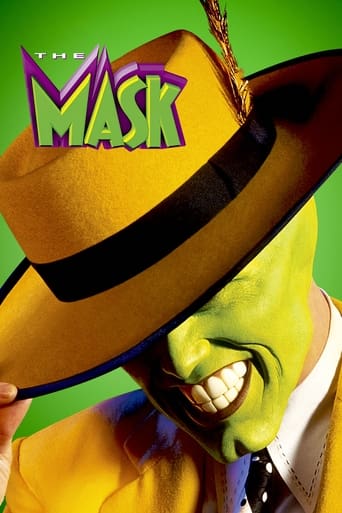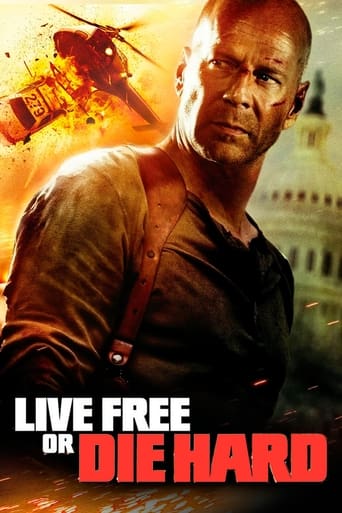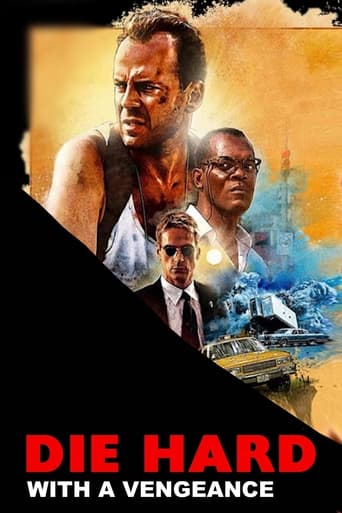
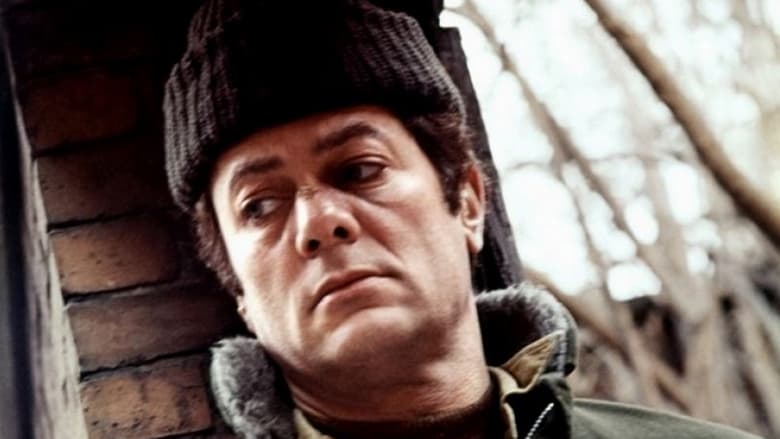
The Boston Strangler (1968)
Boston is being terrorized by a series of seemingly random murders of women. Based on the true story, the film follows the investigators path through several leads before introducing the Strangler as a character. It is seen almost exclusively from the point of view of the investigators who have very few clues to build a case upon.
Watch Trailer
Cast
Similar titles
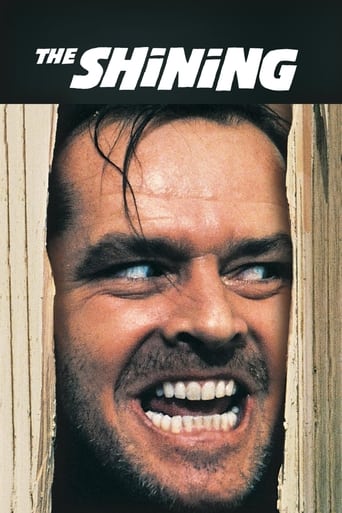

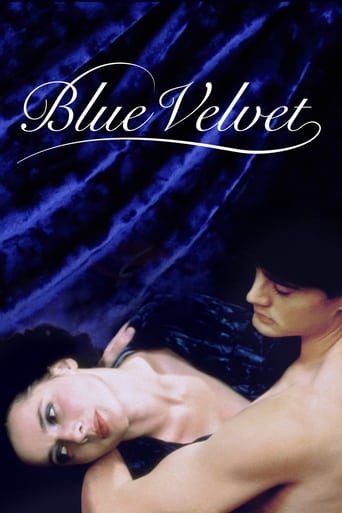
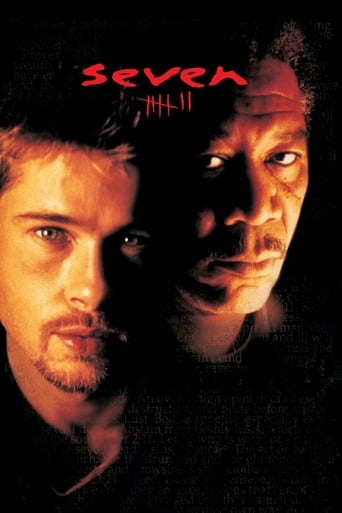
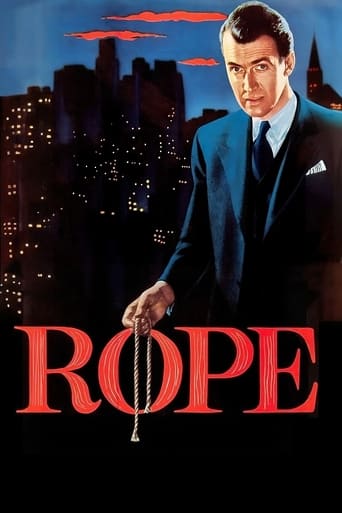
Reviews
Touches You
So much average
Pretty Good
There is, somehow, an interesting story here, as well as some good acting. There are also some good scenes
It's the sixties, you make a film with a Fonda in it, does anyone get where I'm going with this - yes, exit stage left. You've psychics, hypnotism and psycho analysis thrown in to this hippie idea of love would have saved him, it wasn't his fault. Fact - he was a sick, deranged animal that preyed on defenceless women. There's only one humane answer for any seriously sick animal, if there is a God it's His call regarding hope of redemption, or if he just screwed up with that one.
I've seen this one twice before and thought it to be a really good film. Since then, I've gotten more familiar with the actual case of The Boston Strangler, and it is has become clear that the case will most likely never be completely solved. The fact that Albert DeSalvo was indeed found guilty of one rape and murder and the 'Green Man' rapes, still does not justify all of the assumptions that this film makes, particularly the one about DeSalvo supposedly suffering from DID (formerly known as MPD)...If you are willing to look past these glaring 'errors', you might find an artfully directed anthology of murder scenes and investigations, full of split-screens and haunting decors of a grim early '60s Boston; pretty good, but it hardly becomes a gripping story until the last part (when Bottomly and DeSalvo go 'head to head'). Then there is the acting of Tony Curtis, who is not seen until after 57 minutes into the film. I found his acting to be switching back and forth between very good, adequate and, at a few times (especially when he re-enacts the alleged first murder), totally unconvincing.All highs and lows considered, I'm still coming up with a very decent rating; 7 out of 10.
The Boston Strangler nestles nicely into a small canon of films of around about the time it was made looking at the notion of a pathological killer as an example of an immensely disturbed person, with an unbalanced psychosis, rather than a mere monster of an uncanny variety killing because it's apparently in their primal nature. Like Hitchcock's Psycho eight years before it, Richard Fleischer's The Boston Strangler is a serial killer film about such a person living locally; living normally or even, as the saying goes, "living next door". The film is a scary and unnerving ride at the best of times, an attempt at a police procedural thriller on top of a disturbing tale of a man already under and on his way further down. Like Hitchock's masterful work before it, the film takes its cue from a true to life tale; but where Psycho was, we're told, inspired by the events of a certain Ed Gein, Fleischer's work here is more an authentic retelling of a true story – a feeding off of the real case of a certain Albert DeSalvo whom molested and strangling women of varying ages during the 1960s within the titular Massachusetts city. Furthermore in addition to Psycho, the film is particularly interested in the notion of duality or the item of dual personas within somebody and while it doesn't hit the levels Psycho did in its thriller sub-genre roots, The Boston Strangler is a substantial and interesting enough piece of work by itself.The film begins with somewhat of a national celebration of some astronauts whom have returned to Earth and have been granted a parade, an item of national pride or celebration of achievement which is eerily inter-cut with a break in at an apartment which comes with a sordid murder of a woman as well. The sequence sees the film highlighting a nation's want or lust to progress scientifically, as experimentations in space travel appear to unfold with rapturous enthusiasm without realising there are certain other fields, namely human psychology, more closer to home that need just as much exploration; attention and breaking through of – the science of what's going on 'down here' highlighted as just as important as the science in trying to advance 'up there'. Several more murders happen, the film going onto document a state's ill informed reaction to such things by rounding up crooks; freaks; fetishists; ex-cons; homosexuals and other people of a generally 'ill' or unbalanced ilk. An emphasis on one of these sorts of people surely guilty of the on-going murders is established, the film's thesis coming to highlight the incorrect assumption past ideals might have resembled.The guilty party on this occasion is the late Tony Curtis' DeSalvo, a performance which has gone grossly understated as the years have rolled past, a man whom when we first observe him sits at home in a seemingly idyllic set-up with his family. His two kids play while the television is on, his wife works the kitchen over and he reads law rather than car or gun magazines like the other suspects whom were rounded up. The film bypasses most of DeSalvo's past, namely his childhood, and grants him this setup; but it is not the setup a man of DeSalvo's upbringing would have easily attained. Moreso, the film is not interested in how the killer came to be who he is, but exactly what it is that he is. Most of the murders he commits are unfolded with a split screen technique, something that shows various stages of the attack and the parties involved in the various locations those involved inhabit; that sense of distortion or a fragmented mindset via the visuals is certainly prominent, something that works well when later reveals of Albert's inability to suppress his I.D are unfolded and more than one persona raging around inside of him is explored.If the film has any kind of flailing, it's that it isn't interested in the police procedural content as much as it is the points or notions of exploration in regards to DeSalvo. George Kennedy's detective Phil DiNatale takes on the case after an entirely separate bureau is established to deal with the problem, again exploring the breakthroughs and ever-shifting actions within the field of investigation people were forced into taking so as to deal with this kind of problem: the 'straight' killer, while Henry Fonda's role as detective John Bottomly sees him partake in nothing much-bar merely tag along for the ride. These characters are archetypal, stiff and bog the film down with its having them visit one too many suspects as well as over indulge them in the drawn out documenting on future plans of action. Since it isn't as interested in them as much it is DeSalvo; the substance that comes with him and the highly effective manner in which it documents his killings, we ourselves are not as interested in them. Fleischer, feeding off of an Edward Anhalt screenplay further still feeding off of both a novel and a true to life event, directs well in the scenes where his priorities lie; the studying of DeSalvo as this monster living amidst the 'normalised' explored interestingly enough whilst the whole thing comes to climax with a harrowing self-exploratory reveal that is quite powerful.
When Tony Curtis took this role he was already a veteran of about 60 movies, and was most known for the sometimes goofy romantic comedies he was in. But here he is in the title character of Albert DeSalvo, a laborer in Boston who became known as the probable Boston Strangler. I say probable because DeSalvo was never accused and tried. But as this movie tells the story, there is little doubt.The second key character is the always superb Henry Fonda as attorney and lecturer John S. Bottomly who reluctantly becomes the leader of a task force to consolidate all the "strangler" evidence at one place, because the various murders had happened in a number of different jurisdictions and a consistent effort was needed. The third key character is George Kennedy as Det. Phil DiNatale who was the lead investigator in many of the murders and who tracked down an unlimited number of leads.The editing technique used here is unusual but worked very well. Often at critical times in the story a split screen was used, for example to simultaneously show what was happening outside an entry door and what was inside the room. In some scenes as many as 6 split screens are used simultaneously. Overall a very good drama, and Tony Curtis shows he can act, and not just a pretty face. In fact, he wore a prosthesis on his nose to make him look a bit more menacing.SPOILERS: It turned out that DeSalvo had a split personality, and in his interviews with a Psychiatist probably had been that way since a fairly young age. In his one personality he was a calm, loving family man with a wife and children. But when something would upset him, like the assassination of JFK, the other personality would take over and he would commit the crimes, killing women by strangulation. According to the movie's dramatization, he had trouble actually remembering the crimes. He was not tried, but committed to a mental institution.

